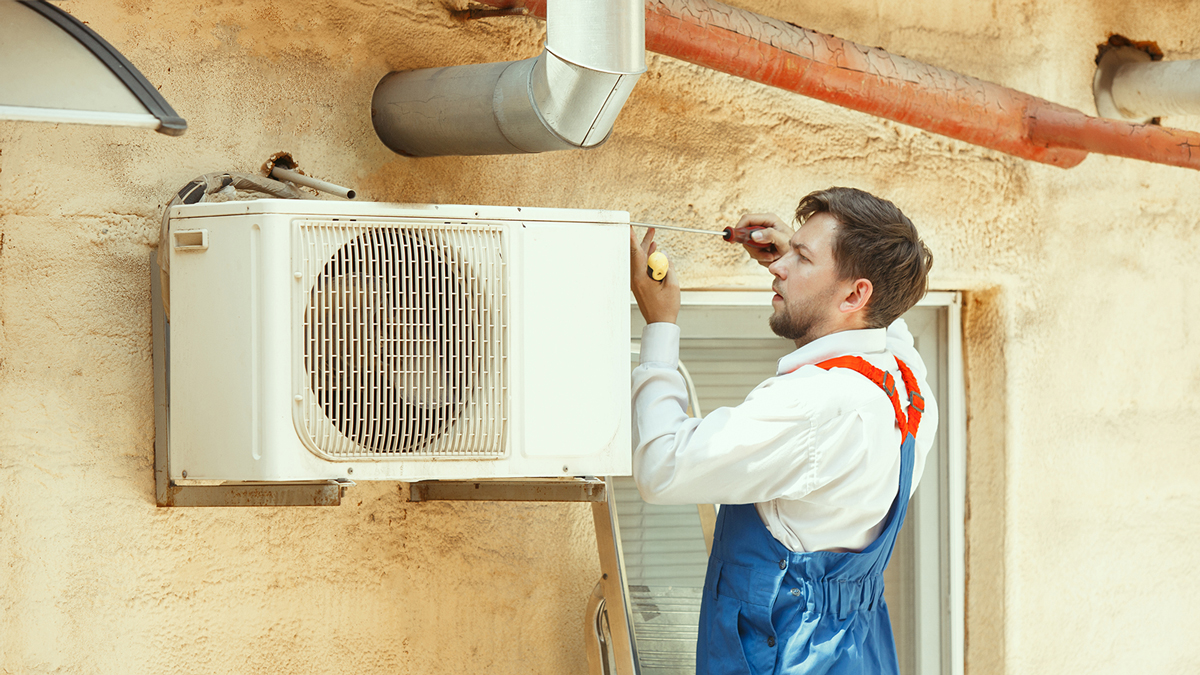When it comes to purchasing a good, high-quality HVAC system, there are a lot of things that come into it, which basically means that you need to understand the purpose of each and every major component in order to make a well-informed decision regarding your purchase.
That being said, in this article, we are going to focus on furnaces. More specifically, we’re going to help you understand the differences between various types out there as well as their benefits and disadvantages.
What is a furnace exactly?
Basically, a furnace is one of the most important components of your HVAC system. So, how do they work exactly? Well, once you set your thermostat at a designated temperature, you are technically activating the furnace. At that point, the furnace begins to heat air. As the heat is generated, a fan simultaneously switches on and goes on to circulate this warm air through your home.
Now, while this working principle is the same for every type of furnace, the way in which the heat is being transferred to the air is exactly what differentiates all of the different types of furnaces out there. That being said, while there are various ways in which one might choose to categorize furnaces, in this article, we are going to focus on categorizing them based on the means of energy conversion.
Gas furnace
As they are the most popular and pretty much the most convenient option out there, let’s talk about the furnaces that utilize gas first. As experts on HVAC systems explain, gas furnaces utilize fossil fuel in order to transfer heat, and this method is probably the most efficient and economical one when it comes to heating. The way in which the furnace converts gas into heat is by utilizing burners, as well as heat exchangers and blowers.
These furnaces can be further dissected into the following categories:
- A standard, single-stage heating system – such a heating system is equipped with a gas valve that opens and closes consecutively. The rate at which the gas flows into the unit is only at a high rate. In most cases, single-stage heating systems operating efficiency regarding utilization is around 80 percent annually.
- A two-stage furnace – these furnaces can have the valve’s flow of gas adjusted either to low or high, giving them more flexibility than when it comes to single-stage ones. Such a system is in constant communication with your home’s thermostat in order to read the home’s heating load, which is further used for the temperature to be adjusted accordingly.
- A modulating furnace – furnaces like these are the most complex, as they are able to adjust the heating output way more precise than the two previously mentioned types. In most cases, they are able to regulate output by 1% increases. This precision basically allows your heating system to adjust exactly how much gas is needed for the home on a minute-by-minute timeframe. Having such a system is optimal for colder climates as it is able to evenly regulate room temperatures without any energy waste.
Depending on the gas used, gas furnaces can be classified into the following categories:
Natural gas
Natural gas is a highly economical fuel. When it comes to older gas furnaces, they were only about 65% efficient, but nowadays, they are way more efficient – up to 98% to be more precise. Natural gas is actually the most popular way that people in America heat their homes as nearly half of the country utilizes this energy source.
Propane
Propane is a gas that is a byproduct of oil and gas production. It can be easily stored in tanks and is pretty convenient, but it is used by around 10% of U.S. households, mostly due to accessibility reasons.
Oil furnace
Oil furnaces are mostly used in the northeastern regions of the United States. They are less efficient than furnaces that utilize gas as their effectiveness typically lies between 80-90%. The upside though is the fact that the upfront cost is lower.
Electric furnace
Electric furnaces are the cheapest option out there when it comes to upfront purchase prices, and they can sometimes even be found to cost half as much as a gas furnace. They’re also easier to install as well, but those are where the benefits end. The problem with these furnaces is the fact that the cost of electricity is much higher than gas, which basically means that you will end up paying for the difference with your monthly energy bill and more over time.
In the end, the type of furnace that you are ultimately going to opt for mostly depends on your needs, intended use, size of your home, efficiency rating, and finances as well. That being said, it can be hard to properly assess what is your best choice here, but having everything that we have discussed in this article in your mind and using that knowledge to continue your research and consult with professionals regarding HVAC systems is going to ensure that you are satisfied with your final purchase!

